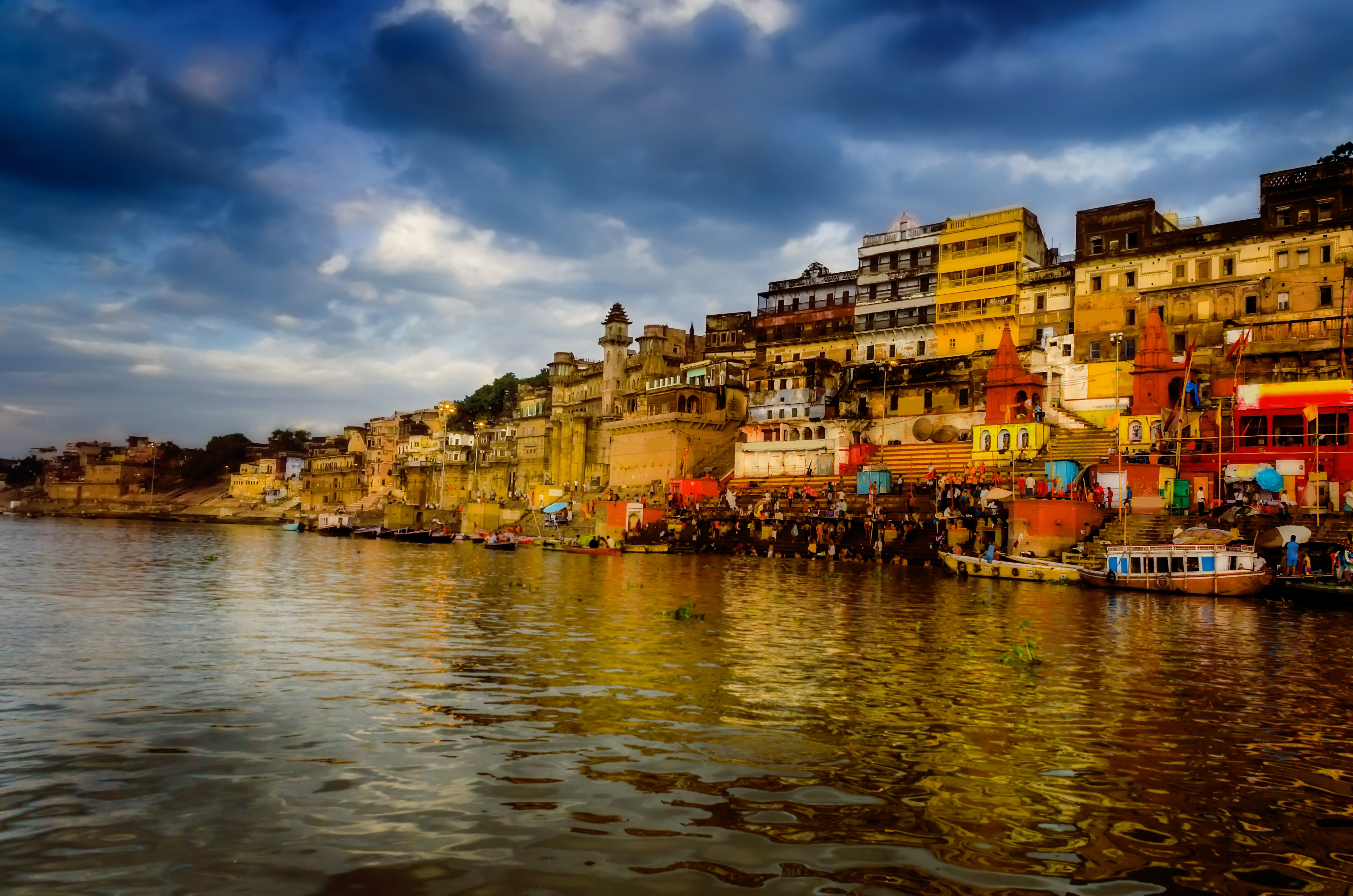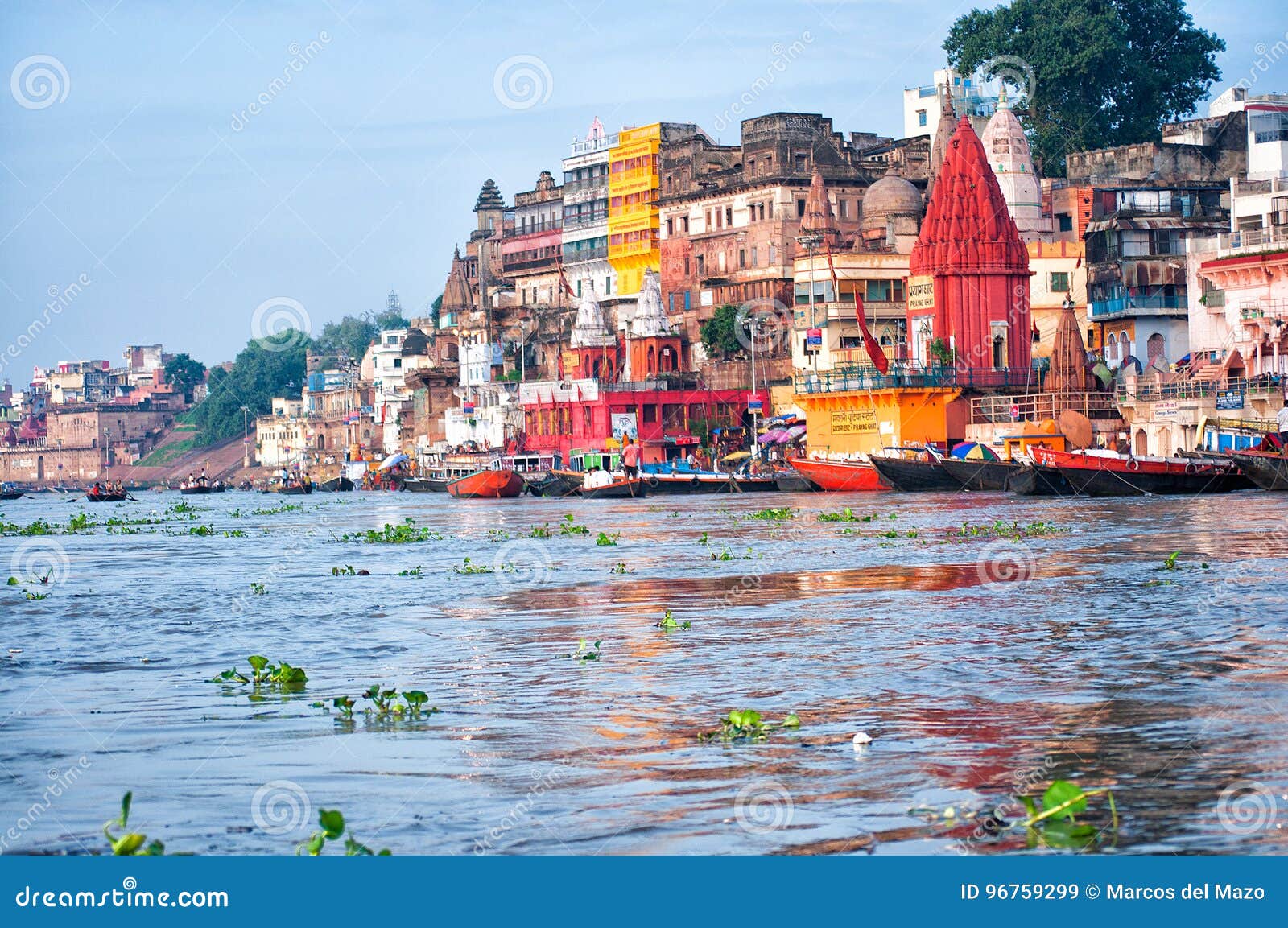Ganges River: Sacred & Vital In India & Beyond | Discover Now
Does a river truly possess a soul? For millions across the Indian subcontinent, the Ganges, or Ganga as it is affectionately known, is far more than just a body of water; it is a deity, a lifeline, and a symbol of unwavering faith.
The Ganges, a majestic river that carves its path through the heart of India and Bangladesh, is a geographical wonder. Its journey begins high in the icy embrace of the Himalayas, specifically from the Gangotri Glacier in the state of Uttarakhand. From its glacial origins, it cascades down, gathering strength and volume as it merges with numerous tributaries. The river then traverses the fertile plains of northern India, nourishing life and shaping the landscape before finally emptying into the Bay of Bengal, forming a vast delta in Bangladesh. The river's path is a testament to its power and significance, traveling over 2,525 kilometers (1,569 miles) across the northern Indian subcontinent, traversing diverse terrains and supporting a vibrant ecosystem. Its journey reflects the river's role as a life-giver, traversing through diverse lands and cultures, ultimately merging into the vastness of the ocean.
| Feature | Details |
|---|---|
| Name (English) | Ganges River |
| Name (Hindi) | Ganga |
| Length | 2,525 km (1,569 miles) |
| Origin | Gangotri Glacier, Uttarakhand, India (Himalayas) |
| Mouth | Bay of Bengal, Bangladesh |
| States and Countries Traversed | India, Bangladesh |
| Major Cities Along the Banks | Haridwar, Kanpur, Allahabad (Prayagraj), Varanasi, Patna, Kolkata |
| Religious Significance | Sacred river of Hinduism; personified as the goddess Ganga |
| Economic Importance | Irrigation, transportation, fisheries, tourism |
| Environmental Challenges | Pollution, water scarcity, erosion |
| Tributaries | Yamuna, Son, Gandak, Kosi, and others |
The very name "Ganga" evokes a sense of reverence. The word itself, often translated as "that which goes quickly," hints at the river's powerful flow, and its role as a conduit of life. More than just its physical form, the Ganges is the personification of the goddess Ganga, a revered figure in Hindu tradition. Depicted in ancient texts and art, the goddess Ganga embodies purity, forgiveness, and the life-giving essence of the river itself. For Hindus, the Ganges is a 'tirtha,' a sacred crossing point between heaven and earth, where prayers and offerings are believed to reach the divine. It represents the essence of India, interwoven into its culture, religion, and daily life, a treasure beyond its waters. To honor the Ganges is to honor the very soul of India.
- Alice Rosenblum Latest Updates Leaks Instagram News
- Alice Rosenblum Onlyfans Photos Videos More Latest Updates
The practice of ritual bathing in the Ganges holds immense significance for Hindus. Pilgrims from across the globe journey to its banks to cleanse themselves of sins and seek spiritual purification. The waters are believed to possess the power to wash away negative karma, allowing devotees to move closer to enlightenment. The ashes of the cremated are often scattered across the Ganges, a practice that ensures the soul's liberation and helps the deceased attain moksha, the cycle of rebirth. This practice is a testament to the belief that the river acts as a bridge between life and death, offering solace and spiritual renewal.
The rivers importance in Hindu pilgrimage is particularly evident in locations like Varanasi, one of the oldest continuously inhabited cities in the world. Here, along the ghats, steps leading down to the water's edge, thousands gather daily for prayer, meditation, and ritual bathing. The city's vibrant atmosphere is filled with the sounds of chanting, the aroma of incense, and the sight of people offering flowers and prayers to the river. The Kumbha Mela, a massive Hindu pilgrimage that takes place every few years at the confluence of the Ganges, Yamuna, and mythical Saraswati rivers, draws tens of millions of devotees, further highlighting the river's central role in Hindu life.
The Ganges also sustains a vibrant economy. Its waters provide irrigation for agriculture, nourishing the fertile plains of northern India and Bangladesh. The river supports fisheries, providing livelihoods for countless communities and contributing to the food supply. The Ganges serves as a vital transportation route, facilitating the movement of goods and people. Tourism, both religious and secular, further contributes to the economic significance of the river, bringing visitors from across the world to witness its beauty and experience its spiritual power. The river is the heart of the Indian identity, a source of life, culture, and faith for millions of people.
- Alice Rosenblum Onlyfans Lawsuit Latest News Updates
- Alice Rosenblum Exclusive Content Leaks What You Need To Know
However, the Ganges faces significant environmental challenges. The river is highly polluted, with industrial waste, sewage, and agricultural runoff contaminating its waters. Water scarcity is another growing concern, exacerbated by climate change and increased demand. Erosion and habitat degradation threaten the river's ecosystem and the biodiversity it supports. Addressing these challenges is essential to protect the Ganges and ensure its long-term health and sustainability. It is imperative to preserve the Ganges and protect its heritage for future generations.
Efforts to clean and revitalize the Ganges have been underway for decades. Government initiatives, such as the Namami Gange Programme, aim to reduce pollution, improve water quality, and restore the river's ecosystem. These initiatives involve a multi-pronged approach, including the construction of sewage treatment plants, the promotion of sustainable agricultural practices, and public awareness campaigns. International collaborations and governmental oversight are playing a vital role in the river's conservation. The management of water resources has long been a state responsibility in India, with initiatives for the future of major rivers focusing on governmental and international cooperation.
The Ganges and the goddess Ganga are both spiritually and symbolically significant in Hinduism. Ganga, meaning "that which goes fast," is the name of the Ganges River and its personification in the form of a female deity. This connection reflects the belief in the river as a conduit of divine power, cleansing and purifying all who come into contact with it. The spiritual significance of the Ganges extends beyond its physical attributes, symbolizing the flow of life, the cycles of birth and death, and the pursuit of spiritual liberation. Through its journey, the Ganges teaches us the importance of honoring and protecting the very essence of life.
The Ganges is not just a physical entity; it is a cultural treasure that has shaped the history and identity of the Indian subcontinent for millennia. From the snow-capped peaks of the Himalayas, where it originates, to the lush plains and delta of Bengal, where it merges with the sea, the river's course is a testament to its significance. As it meanders through the terrain, the Ganges encounters several tributaries which eventually join the main stream. The Alaknanda River meets the Dhauliganga River at Vishnuprayag, the Nandakini River at Nandprayag, the Pindar River at Karnaprayag, the Mandakini River at Rudraprayag, and finally the Bhagirathi River at Devprayag to form the main stem of the Ganges River. The confluence of these rivers enhances the sanctity of the Ganges, making it a site of religious and spiritual significance. The Ganges River represents the soul of India, deeply rooted in its culture, religion, and everyday life.
The flow of the river, the spiritual cleansing offered by its waters, and the vibrant culture surrounding it reflect the essence of India. As a sacred river, the Ganges serves as a means of purifying souls and forgiving sins. It begins in the Himalayas and flows through India and Bangladesh, forming important deltas and ecosystems. The legacy of the Ganges is far-reaching, its narrative an integral part of the cultural fabric of the Indian subcontinent.
The future of the Ganges hinges on collective action. Balancing the needs of a growing population with the imperative of environmental protection is crucial. Sustainable development practices, public awareness, and strong environmental regulations are all essential to safeguarding the river's health. The Ganges provides for a wide range of environmental and economic activities, but its health is still threatened by anthropogenic activities and climate change, affecting biodiversity and putting human populations at risk.
The Ganges, a symbol of faith, culture, and life for millions, will continue to flow, its story forever intertwined with the people and the land it nourishes. Its waters, though challenged, still carry the promise of purification, spiritual renewal, and the enduring spirit of a nation.
For further information, you can visit: Encyclopedia Britannica - Ganges River



Detail Author:
- Name : Buster Hudson
- Username : rjohnston
- Email : wyman.gabriel@yahoo.com
- Birthdate : 2001-03-06
- Address : 8878 Adah Light Suite 866 East Eldachester, NC 00252-6609
- Phone : (281) 769-4304
- Company : Wuckert-Moen
- Job : Agricultural Sales Representative
- Bio : Asperiores voluptates nobis magnam ut autem cum. Quo vel quos rerum.
Socials
instagram:
- url : https://instagram.com/ctorphy
- username : ctorphy
- bio : Rerum quibusdam aut in. Dolores dicta culpa vitae rerum omnis. Voluptatem enim qui ut quis.
- followers : 1391
- following : 664
facebook:
- url : https://facebook.com/candidotorphy
- username : candidotorphy
- bio : Impedit dolores illum non iure molestiae dolores.
- followers : 1893
- following : 704
twitter:
- url : https://twitter.com/torphy1992
- username : torphy1992
- bio : Iure voluptatem earum distinctio et. Voluptas et incidunt nisi esse aliquid quis.
- followers : 5270
- following : 2581
tiktok:
- url : https://tiktok.com/@candido2246
- username : candido2246
- bio : Illum reiciendis at sapiente magni enim.
- followers : 4777
- following : 2239